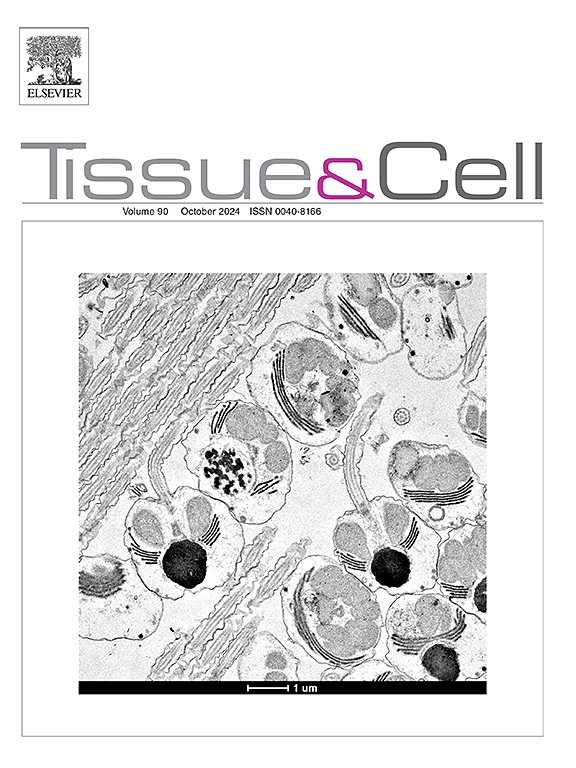乳腺癌检测机器学习算法的系统综述
IF 2.7
4区 生物学
Q1 ANATOMY & MORPHOLOGY
引用次数: 0
摘要
乳腺癌是全世界妇女死亡和发病的主要原因之一。识别癌细胞仍然是一项复杂而耗时的任务,特别是当放射科医生或病理学家手动执行时,这导致了高昂的诊断费用。缺乏可靠、标准化的预测模型往往会妨碍及时、准确的诊断。本系统综述探讨了各种机器学习方法-包括极端梯度增强(XGBoost), Naïve贝叶斯,支持向量机(SVM),逻辑回归,决策树和k-近邻(KNN) -用于将乳腺肿瘤分类为恶性或良性。它综合了现有文献的发现,比较了基于关键评估指标的模型性能,如准确性、精密度、召回率和f1分数。多项研究表明,机器学习模型可以达到很高的诊断准确性。这些模型可以提高诊断的可信度和加速结果的解释。本综述还强调了常见的局限性,例如数据集可用性、类不平衡、模型可解释性和跨不同人群的概括性。文章最后概述了未来的发展方向,以提高临床适用性,可信度和集成基于ml的诊断系统。本文章由计算机程序翻译,如有差异,请以英文原文为准。
A systematic review of machine learning algorithms for breast cancer detection
Breast cancer is one of the leading causes of death and morbidity among women worldwide. Identifying cancerous cells remains a complex and time-consuming task, particularly when performed manually by radiologists or pathologists, contributing to high diagnostic costs. The absence of a reliable, standardized predictive model often hinders timely and accurate diagnosis. This systematic review explores various machine learning approaches — including eXtreme Gradient Boosting (XGBoost), Naïve Bayes, Support Vector Machine (SVM), Logistic Regression, Decision Tree, and k-Nearest Neighbors (KNN) — for classifying breast tumors as malignant or benign. It synthesizes findings from existing literature, comparing model performance based on key evaluation metrics such as accuracy, precision, recall, and F1-score. Multiple reviewed studies report that machine learning models can achieve high diagnostic accuracy. These models may improve diagnostic confidence and accelerate result interpretation. This review also highlights common limitations, such as dataset availability, class imbalance, model interpretability, and generalizability across diverse populations. The paper concludes by outlining future directions to enhance the clinical applicability, trustworthiness, and integration of ML-based diagnostic systems.
求助全文
通过发布文献求助,成功后即可免费获取论文全文。
去求助
来源期刊

Tissue & cell
医学-解剖学与形态学
CiteScore
3.90
自引率
0.00%
发文量
234
期刊介绍:
Tissue and Cell is devoted to original research on the organization of cells, subcellular and extracellular components at all levels, including the grouping and interrelations of cells in tissues and organs. The journal encourages submission of ultrastructural studies that provide novel insights into structure, function and physiology of cells and tissues, in health and disease. Bioengineering and stem cells studies focused on the description of morphological and/or histological data are also welcomed.
Studies investigating the effect of compounds and/or substances on structure of cells and tissues are generally outside the scope of this journal. For consideration, studies should contain a clear rationale on the use of (a) given substance(s), have a compelling morphological and structural focus and present novel incremental findings from previous literature.
 求助内容:
求助内容: 应助结果提醒方式:
应助结果提醒方式:


